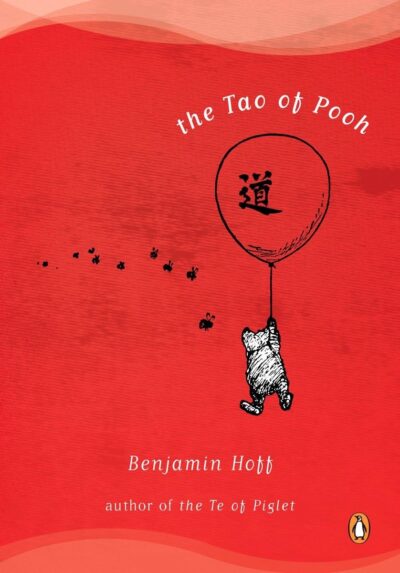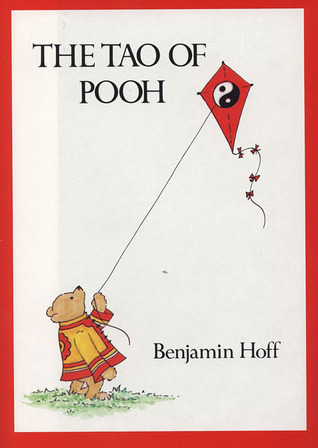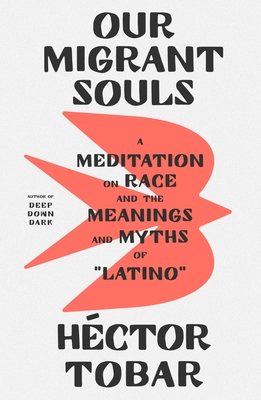88 Results in the "Non-Fiction" category
Biography & Memoir (513)
Books Like (9)
Business & Finance (3)
Children’s Fiction (235)
Dystopian (30)
Education & Learning (26)
Fantasy (1832)
fashion (1)
Fiction (5781)
Health & Wellness (21)
Historical Fiction (662)
Horror (162)
Literary Fiction (1011)
Novel (240)
Others (106)
Philosophy (147)
Poetry (208)
Politics & History (126)
Posts (121)
Psychology (50)
Religion & Spirituality (1)
Romance Novel (771)
Science & Technology (65)
Science Fiction (409)
Self-Help & Personal Development (112)
The Ultimate Book Lists (1)
Thriller / Mystery (912)
Travel & Adventure (2)
True Crime (57)
view (96)
Young Adult (751)
-
Story
Hillbilly Elegy
 Hillbilly Elegy is a deeply personal memoir by J.D. Vance that examines his upbringing in a poor Rust Belt town and offers a powerful insight into the struggles of America’s white working class. Raised in Middletown, Ohio, by a family with roots in the Appalachian region of Kentucky, Vance tells a story marked by instability, addiction, violence, and poverty. Despite these challenges, he eventually…
Hillbilly Elegy is a deeply personal memoir by J.D. Vance that examines his upbringing in a poor Rust Belt town and offers a powerful insight into the struggles of America’s white working class. Raised in Middletown, Ohio, by a family with roots in the Appalachian region of Kentucky, Vance tells a story marked by instability, addiction, violence, and poverty. Despite these challenges, he eventually…-
2.3 K • Jun 25, '25
-
2.3 K • Jun 25, '25
-
2.3 K • Jun 25, '25
-
-
Story
The Tao of Pooh
 The Tao of Pooh by Benjamin Hoff is a charming and accessible exploration of Taoist philosophy through the beloved characters of A.A. Milne’s Winnie the Pooh.By using Pooh’s simple, natural way of living as a guide, Hoff illustrates key Taoist principles such as effortless action (wu wei), simplicity, and living in harmony with the world.Blending humor, storytelling, and wisdom, The Tao of Pooh offers…
The Tao of Pooh by Benjamin Hoff is a charming and accessible exploration of Taoist philosophy through the beloved characters of A.A. Milne’s Winnie the Pooh.By using Pooh’s simple, natural way of living as a guide, Hoff illustrates key Taoist principles such as effortless action (wu wei), simplicity, and living in harmony with the world.Blending humor, storytelling, and wisdom, The Tao of Pooh offers…-
2.6 K • Apr 27, '25
-
2.6 K • Apr 27, '25
-
2.1 K • Apr 27, '25
-
-
Story
The Tao of Pooh
 The Tao of Pooh by Benjamin Hoff uses Winnie the Pooh to explain Taoism, showing how simplicity and harmony lead to peace and contentment.
The Tao of Pooh by Benjamin Hoff uses Winnie the Pooh to explain Taoism, showing how simplicity and harmony lead to peace and contentment.-
4.5 K • Jan 24, '25
-
4.9 K • Jan 24, '25
-
4.2 K • Jan 24, '25
-
-
Story
Our Migrant Souls
 Our Migrant Souls by Maria Hinojosa explores the experiences of Latinx immigrants in the U.S., highlighting struggles with identity, belonging, and resilience through personal stories.
Our Migrant Souls by Maria Hinojosa explores the experiences of Latinx immigrants in the U.S., highlighting struggles with identity, belonging, and resilience through personal stories.-
2.1 K • Jan 24, '25
-
4.8 K • Jan 24, '25
-
4.5 K • Jan 24, '25
-
-
 The Art Thief by Michael Finkel tells the true story of Stéphane Breitwieser, a notorious art thief who stole hundreds of priceless pieces across Europe. The book delves into his obsession with art, the personal costs of his crimes, and the fine line between passion and crime.
The Art Thief by Michael Finkel tells the true story of Stéphane Breitwieser, a notorious art thief who stole hundreds of priceless pieces across Europe. The book delves into his obsession with art, the personal costs of his crimes, and the fine line between passion and crime.-
3.9 K • Jan 23, '25
-
4.1 K • Jan 23, '25
-
3.8 K • Jan 23, '25
-
-
 Revenge of the Tipping Point by Steven J. Bickel follows a group of unlikely heroes uncovering a global conspiracy that threatens to plunge society into chaos. The novel explores the power of small actions and the unpredictable consequences of tipping points in both personal and political realms.
Revenge of the Tipping Point by Steven J. Bickel follows a group of unlikely heroes uncovering a global conspiracy that threatens to plunge society into chaos. The novel explores the power of small actions and the unpredictable consequences of tipping points in both personal and political realms.-
4.5 K • Jan 23, '25
-
4.5 K • Jan 23, '25
-
Chapter 9: Overstories, Superspreaders, and Group Proportions “OxyContin is our ticket to the moon.”5.4 K • Jan 23, '25
-
-
Story
I Cheerfully Refuse
 "I Cheerfully Refuse" is a novel by Leif Enger, published on April 2, 2024. Set in a near-future America marked by societal collapse and environmental challenges, the story follows Rainy, a musician who embarks on a journey across Lake Superior in search of his beloved wife, Lark, a bookseller who has recently passed away. As Rainy navigates the treacherous waters, he encounters a society plagued by illiteracy, a corrupt ruling class, and crumbling infrastructure. Along the way, he forms unexpected alliances, including with a young girl named Sol, and becomes an inadvertent symbol of resistance against the oppressive forces that dominate this dystopian landscape. The novel explores themes of love, loss, resilience, and the enduring power of storytelling.
"I Cheerfully Refuse" is a novel by Leif Enger, published on April 2, 2024. Set in a near-future America marked by societal collapse and environmental challenges, the story follows Rainy, a musician who embarks on a journey across Lake Superior in search of his beloved wife, Lark, a bookseller who has recently passed away. As Rainy navigates the treacherous waters, he encounters a society plagued by illiteracy, a corrupt ruling class, and crumbling infrastructure. Along the way, he forms unexpected alliances, including with a young girl named Sol, and becomes an inadvertent symbol of resistance against the oppressive forces that dominate this dystopian landscape. The novel explores themes of love, loss, resilience, and the enduring power of storytelling.-
4.3 K • Jan 23, '25
-
4.7 K • Jan 23, '25
-
4.6 K • Jan 23, '25
-
-
 Be Ready When the Luck Happens by David J. Weiner is a memoir about how preparation, perseverance, and luck shaped the author's life and success. Through personal stories, Weiner explores the role of timing and resilience in achieving dreams.
Be Ready When the Luck Happens by David J. Weiner is a memoir about how preparation, perseverance, and luck shaped the author's life and success. Through personal stories, Weiner explores the role of timing and resilience in achieving dreams.-
4.9 K • Jan 23, '25
-
3.9 K • Jan 23, '25
-
4.1 K • Jan 23, '25
-
-
Story
John Lewis
 John Lewis is a biography that tells the life story of the civil rights leader and U.S. Congressman, highlighting his pivotal role in the 1960s activism and his lifelong commitment to justice, equality, and nonviolent resistance. It celebrates his lasting impact on American history and civil rights.
John Lewis is a biography that tells the life story of the civil rights leader and U.S. Congressman, highlighting his pivotal role in the 1960s activism and his lifelong commitment to justice, equality, and nonviolent resistance. It celebrates his lasting impact on American history and civil rights.-
4.6 K • Jan 23, '25
-
4.0 K • Jan 23, '25
-
4.0 K • Jan 23, '25
-
-
Story
The Small and the Mighty
 The Small and the Mighty by Heather M. Ross follows small creatures who defy the odds to show that size doesn’t determine strength. The novel explores themes of courage, resilience, and the power of determination, celebrating how even the smallest can make a big impact.
The Small and the Mighty by Heather M. Ross follows small creatures who defy the odds to show that size doesn’t determine strength. The novel explores themes of courage, resilience, and the power of determination, celebrating how even the smallest can make a big impact.-
5.5 K • Jan 23, '25
-
5.5 K • Jan 23, '25
-
4.5 K • Jan 23, '25
-
- 1 2 … 5 Next
